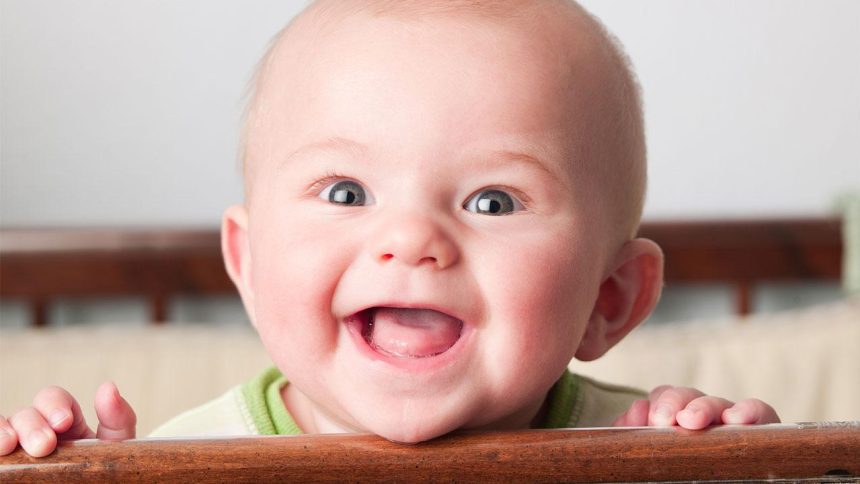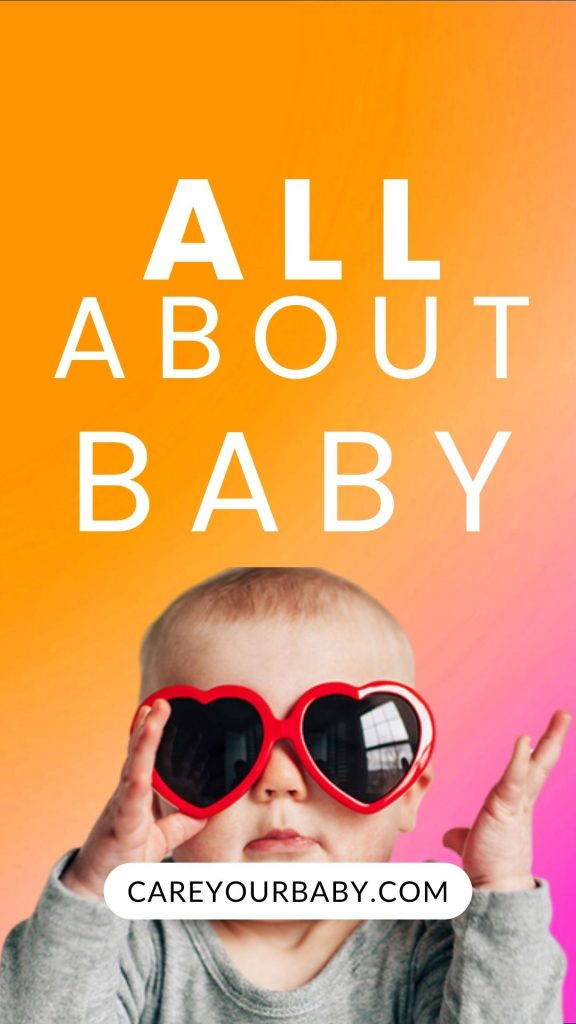Introduction: Baby Hair Color Change Progression: What to Expect
The arrival of a newborn is a moment filled with wonder and anticipation, a fresh chapter marked by the delicate details that define each tiny being. Among these details, one of the most fascinating aspects is the evolution of baby hair color—a subtle yet captivating transformation that reflects the rich tapestry of genetics at play. From the wispy strands of fine hair that first grace a baby’s head to the eventual hue that may surprise even the most seasoned parents, hair color changes can be as unpredictable as they are enchanting. In this article, we will explore what to expect as your little one’s hair transitions through various stages, unraveling the mysteries behind this natural progression and shedding light on the factors that influence it. Join us as we embark on a journey through the kaleidoscope of colors that can accompany your child’s growth, celebrating the beauty of change in its truest form.
Understanding Baby Hair Color Dynamics
As new parents delight in the appearance of their little ones, one fascinating aspect is the ever-changing dynamics of baby hair color. Hair color in infants is influenced by a variety of genetic factors, leading to potential variations between birth and a toddler’s first few years. From the initial *jet black* or *golden blonde* hues seen at birth to the more familiar shades of their family members’ locks, this evolution can often surprise parents. Early on, many babies might have a lighter or darker shade than they will ultimately adopt, as melanin levels fluctuate significantly during the first two years of life.
Several factors contribute to the transformation of hair color in babies, including genetics, environmental influences, and hormonal changes. Here are some key points to consider:
- Genetics: Hair color is primarily determined by parental genes, with a complex interplay between dominant and recessive traits.
- Age Factors: A baby’s hair can lighten or darken as they grow; many children will experience their “true” hair color settling by age three.
- Sun Exposure: Natural sunlight can bleach hair slightly, creating the illusion of a lighter color during summer months.
| Age | Typical Hair Color Changes |
|---|---|
| 0-6 Months | Initial color may reflect parental factors but changes are common. |
| 6-12 Months | Possible lightening or darkening; transitional colors may emerge. |
| 1-2 Years | More stable hair color begins to appear, approaching final shade. |
| 3+ Years | Hair color usually settles into a more permanent hue. |
Identifying Early Hair Color Indicators
As your baby grows, subtle signs may reveal hint indicators of their future hair color. One of the earliest identifiers is the shade of their initial hair. Infants often enter the world with a fine layer of hair that can range from light blonde to deep brown or even black. To observe these early clues, consider the following:
- Newborn Hair Color: The color noticed at birth can be a significant predictor.
- Color Changes Over Time: Watch for shifts in hue during the first few months.
- Eyebrow and Eyelash Color: Often, these shades can mirror the future hair color.
Additionally, genetic factors play a pivotal role in determining the eventual hair color. Engage in discussions with family members to uncover any patterns in hair color changes throughout generations. Many families exhibit fascinating histories that might offer insights into your baby’s evolving look. Here’s a quick reference table highlighting some typical hair color transitions:
| Age | Typical Color | Possible Changes |
|---|---|---|
| Newborn | Black or Dark Brown | May lighten to brown or blonde |
| 3-6 Months | Light Brown or Blonde | Potential for darker shades |
| 1 Year | Varied hues, often settling to parents’ traits | Stabilizing into permanent color |
Navigating the Transition from Baby to Adult Hair
As children grow, the transition from their baby hair to adult hair can be both fascinating and puzzling for parents. During this period, it’s common to see changes in texture, thickness, and color. Factors influencing these transformations can include genetics, diet, and even environmental elements. Some little ones start with fine, soft hair that may darken or thicken as they reach toddlerhood, which can create a mix of excitement and nostalgia for the early years.
Here are a few things to expect during this transition:
- Color Change: Many babies are born with lighter hair that may gradually darken over time. This change can often surprise parents as they observe the evolving hues.
- Texture Variation: Hair can shift from straight to wavy or even curly as children age, reflecting their unique genetic makeup.
- Growth Patterns: You might notice hair becoming thicker or growing in different patterns, influenced by hormonal changes during early childhood.
| Age | Typical Hair Features |
|---|---|
| 0-6 Months | Soft, fine texture; often lighter color |
| 6 Months - 2 Years | Possible darkening; hair may start to thicken |
| 2-4 Years | Varied textures; potential for waves or curls |
Tips for Embracing Your Childs Evolving Look
As your child grows, their appearance can change dramatically, especially when it comes to hair color. It’s not uncommon for babies to be born with one shade of hair, only to see it transform as they approach toddlerhood. Understanding and appreciating these changes can foster a supportive environment for your child. Embrace the journey by recognizing that hair color, much like personality, can evolve over time. Here are a few tips to celebrate this transformation:
- Stay Observant: Take photos at different stages to track changes and make it a fun family activity.
- Ask Questions: Encourage your child to share their feelings about their evolving looks. This communication builds self-confidence.
- Educate Yourself: Research genetics and how they influence hair color. It can be fascinating to discover how family traits come into play.
Your child’s hair may transition through various shades, from blonde to brown, or even red. Such changes can bring about moments of curiosity and excitement. To help you understand the progression, here’s a simple breakdown:
| Age | Common Hair Color Types |
|---|---|
| 0-6 months | Dark Brown or Black |
| 6-12 months | Light Brown, Blonde, or Red |
| 1-3 years | Variety of shades, often settling to a natural color |
By embracing this dynamic process, you not only nurture self-acceptance in your child but also foster family bonds through shared experiences. Each phase of your child’s hair journey is a celebration of their unique identity, providing moments to cherish together.
Q&A
Q&A: Baby Hair Color Change Progression - What to Expect
Q1: Why do babies’ hair colors change so much in the early months?
A1: Babies often start life with a hair color that may be completely different from what they end up with, largely due to genetic factors. At birth, hair can be light, dark, or even have a hint of red, depending on the interplay of genetic traits inherited from parents. As a baby grows, the melanin in their hair follicles may adjust, leading to changes in color. This natural evolution can be influenced by exposure to sunlight and other environmental factors.
Q2: When do most babies experience noticeable changes in their hair color?
A2: For many babies, the most noticeable hair color changes occur between 6 months to 2 years of age. It’s not uncommon for hair color to shift subtly during this time. Some babies may lose their fine, light baby hair and grow in thicker, darker strands, while others may see their hair lighten or change hue altogether. Each child’s progression is unique, creating a delightful element of surprise for parents.
Q3: Can I predict what hair color my baby will ultimately have?
A3: Prediction can be tricky! While family history offers clues—such as parents’ and grandparents’ hair colors—it’s important to remember that babies inherit a mix of genes, and surprises can happen. Little ones can switch from blonde to brown or even sport unexpected red or auburn tones as they grow. Genetics, along with the unique combination of alleles they inherit, ultimately determines the final result.
Q4: Is there a typical timeline for hair color change?
A4: While every baby is different, a general timeline can help you understand what to expect. Infants typically show some initial hair color changes by around 6 months. The most significant shifts often happen between 1 to 2 years, where shifts can be particularly dramatic. By age 3, many children have settled into a more consistent hair color that may remain stable throughout childhood.
Q5: Are there other factors that can influence a baby’s hair color?
A5: Yes! Beyond genetics, various factors can affect hair color changes, including health and nutrition. For instance, vitamin deficiencies or certain medical conditions can alter hair growth and color in babies. Additionally, seasonal changes can play a role; sun exposure can lighten hair, while lack of sunlight during winter may give a darker appearance.
Q6: Should I be concerned if my baby’s hair changes dramatically?
A6: Generally, fluctuations in hair color are completely normal and not a cause for concern. However, if you notice unusual hair loss, bald patches, or changes accompanied by other symptoms (like skin rashes or changes in overall health), consulting a pediatrician is advisable to rule out any underlying issues.
Q7: How should I care for my baby’s changing hair?
A7: Caring for your baby’s hair can be simple! Use gentle shampoos and avoid harsh chemicals. Regularly brushing helps to stimulate the scalp and distribute natural oils. Keep an eye on changes; as hair thickens or grows longer, you may find that routine styling and maintenance become necessary.
Q8: Can I do anything to encourage a specific hair color?
A8: The honest answer is no—hair color is largely determined by genetics. While a healthy, balanced diet can support hair health and growth, trying to influence the eventual color through products or treatments generally isn’t effective. Embrace the uniqueness of your baby’s hair as it changes naturally!
Q9: Any tips for celebrating my baby’s unique hair journey?
A9: Absolutely! Keep a photo diary documenting your baby’s hair evolution at various stages. Share the journey with family and friends—after all, kids’ hairstyles are a source of cherished memories! Little details, like creating cuteness overload with hair accessories or trying out different styles, can make this experience even more joyful.
Q10: Any final thoughts on baby hair color change?
A10: Hair color change is just one of the many beautiful surprises on the journey of parenthood. Each transition represents growth, development, and the unique personality of your little one. So, enjoy the ride and celebrate every little tuft of hair along the way!
Wrapping Up
As your little one embarks on the enchanting journey from infancy to toddlerhood, the evolution of their hair color is just one of the many transformations that make this period so fascinating. From the soft wisps of newborn fuzz to the vibrant hues that may emerge as they grow, each stage reflects a unique blend of genetics and environment, serving as a reminder of the ever-changing nature of childhood.
While the specifics of this progression can vary dramatically from child to child, understanding the potential shifts in hair color can help caregivers embrace the surprises that lie ahead. Whether your baby’s locks will lighten in the sun or deepened with each passing season, witnessing these changes is a captivating reminder of the beauty of growth.
As you observe your child’s hair journey, cherish each stage, and take comfort in knowing that, like everything else in their early years, hair color is part of a grand adventure filled with unpredictability and wonder. So, keep those cameras ready and create lasting memories as your baby’s hair tells its own story, one strand at a time.


